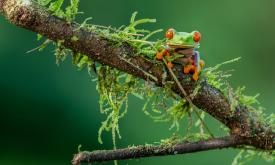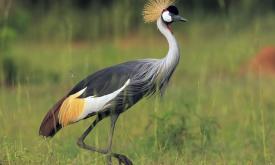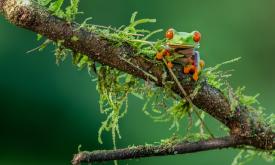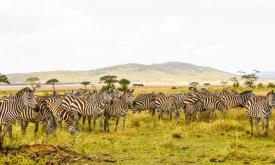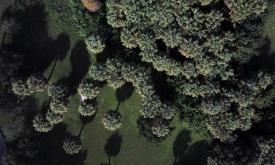Indicator unit: Counting of the number of endemic mammals at site and country levels.
Area of interest: Species lists are generated for each terrestrial and coastal protected area, and are provided in BIOPAMA for all protected areas of size ≥ 1 km2, and for the protected portion of countries. General statistics are reported at country level, species richness is mapped at global level.



